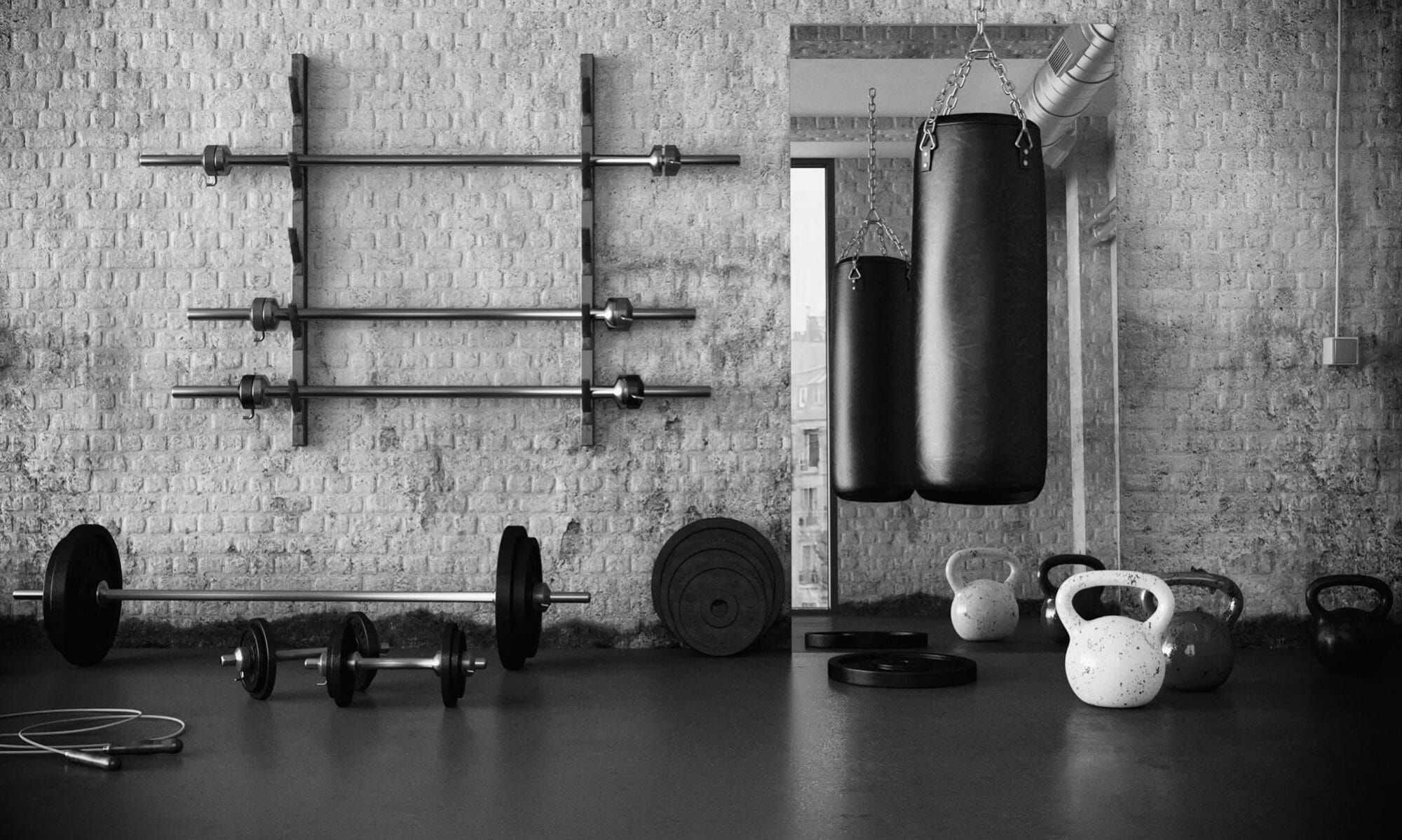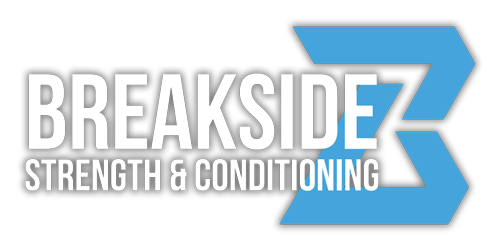
As ultimate players continue to return to the field and the 2021 club season approaches quickly, we’d like to tackle a topic that, for now, is important for athletes: competing with a mask on.
Current USA Ultimate Return to Play guidance requires the use of face masks during competition at all sanctioned events. Whether that will remain the standard for competitive play throughout 2021 is difficult to assess: most other sports, particularly outdoor sports, do not require wearing masks during play, and vaccination progress continues to reduce COVID risk to both individuals and the community.
But, as it stands today, you have to prepare to wear a mask during ultimate competition.
Let’s explore some key questions.
Does wearing a mask impact athletic performance?
A review of the scientific literature is mixed on this question. Every study I could find was clear that it is perfectly safe to wear a mask while exercising, but not all agreed on the impact on performance.
A March 2021 study published in the European Respiratory Journal found that there was about a 10% decrease in VO2 max, a measure of aerobic endurance capacity. The authors also found a similar reduction in respiratory rate and other measures of breathing volume.
“This reduction is modest and, crucially, it does not suggest a risk to healthy people doing exercise in a face mask, even when they are working to their highest capacity,” said study co-author Dr. Massimo Mapelli from the University of Milan.
The participants in the trial wore both a blue surgical mask and an FFP2 mask (similar to an N95 or KN95). Use of the more protective FFP2 was associated with slightly lower breathing performance than use of the surgical mask.
A December 2020 study (caveat: only male participants in the study) found a similar result, and another December 2020 study looking at the effect of wearing cloth masks found a “14% reduction in exercise time and 29% decrease in VO2max, attributed to perceived discomfort associated with mask-wearing.”
But a group of scientists writing in Clinical Research in Cardiology cast doubt on one of the studies [Fikenzer et. al.]: “Without exercise physiological evidence demonstrating participants performed cross-over [cardiopulmonary exercise testing (CPET)] bouts at comparable levels of metabolic demand, the authors are not at liberty to discount the overwhelmingly negative perceived discomfort of performing CPET with an [FFP2/N95] as a primary cause for exercise termination.”
In other words, the decrease in exercise performance could be attributed to the unpleasant feeling of wearing an N95 during exercise.
A study from the University of Saskatchewan in November 2020 found no negative impact from wearing a cloth mask or surgical mask. “Wearing a face mask during vigorous exercise had no discernable detrimental effect on blood or muscle oxygenation, and exercise performance in young, healthy participants,” wrote the authors.
How should ultimate players prepare to compete in a mask?
Regardless of whether or not there is a negative impact on aerobic capacity while wearing a mask, players should prepare both physically and mentally to compete with them.
Wearing a mask during training and practice is advisable, as the potential negative psychological impact of wearing the mask can be mitigated through exposure.
Players should also consider the comfort level of the mask they choose to wear. USA Ultimate does not specify mask requirements, though they link out to the CDC’s mask guidance.
Use of an N95 or similar mask is contraindicated for sports performance both by research and personal experience. I’ve worn a certified N95 mask indoors at points during the pandemic, and breathing feels difficult even at rest. Most ultimate players should plan to wear either a cloth face covering or a surgical mask, depending on what feels more comfortable.
Some players have opted to wear “neckies” or neck gaiters pulled up over the nose and mouth, but they are prone to falling down. A mask with ear loops or straps may be easier to keep on during vigorous exercise. You could consider the popular Under Armour Sports Mask if you’re looking for something specifically designed for athletes.
Anecdotally, breathing heavily while playing ultimate does feel more difficult while wearing a mask. I and others I’ve played with have felt the urge to pull down the mask to recover following a long point. Establishing a good conditioning program can help to reduce any negative perception of breathing through a mask.
Is wearing a mask outdoors playing ultimate even necessary?
It is abundantly clear after a year of data that being outdoors is far safer than being indoors when it comes to COVID-19 transmission. I wrote an article that dives deep into this topic that I would encourage you to read. Some epidemiologists I spoke to were more adamant that mask wearing, even for an outdoor sport, was necessary; others suggested it is very low risk to play outdoors without a mask.
As vaccinations become more widespread and COVID transmission falls, the baseline risk will continue to drop. Certainly, fully vaccinated players face a vanishingly small risk of getting or transmitting COVID-19 while playing ultimate maskless.
Given the potential downsides of mask wearing (actual or perceived reduction in performance), there may come a point at which the tradeoff is no longer worthwhile, particularly given that players concerned about COVID-19 transmission can still opt to wear a mask even if they are no longer required.
However, those participating in ultimate in the coming months are likely to be required to wear a mask, so preparing in practice and training sessions is advised.

